HOME > Basketball
Two parallel lines! The present and the future! The suspense of the Western Power!
6:06pm, 16 October 2025【Basketball】
Last season, the Timberwolves ushered in major changes to the team after a big trade.

But even so, this young team still showed amazing running-in ability. Judging from the team's trajectory last season, it basically echoed the Eastern Pacers who did not have major lineup adjustments. The two teams became each other's dark horse teams that entered the conference finals consecutively.
Coming to the offseason, after new boss Mark Lore took over, the Timberwolves now seem to have chosen a more difficult path than their predecessor Rodriguez:
Abandoned the shortcut to the championship and gradually began to embark on the two-track plan that the Warriors once failed.
First, let’s take a look at the team’s lineup changes during the offseason:
Incoming team list:
Joan Bellinger, Jiang Nijuzan, Hyland, Rocco Zikaski (two-way), Enrique Freeman (two-way)
Leaving list:
Alexander Walker, Luka Garza, Josh Minot, Jesse Edwards

On the surface, the player changes are not big, but for the Timberwolves, this may be the most noteworthy adjustment point in the new season. As a connecting ball point, Walker mainly served as McDaniels' substitute. The direct loss after leaving the team was that the Wolves lost a stable three-pointer and a substitute ball-handling threat. Although Minot and Garza have also had outstanding performances, their shortcomings in defensive awareness are still slightly obvious, and they do not seem to be in line with Chris Finch's coaching philosophy.
Another point is that the smooth retention of Reed and Randall has kept the team's salary below the second hard cap, basically stabilizing the team's development path with "Edwards + McDaniels + Reed" as the core. The new lineup, with an average age of 25, can also gradually reveal the attitude of the management, which is committed to young players gradually taking over from Conley and Gobert in the next two years, and preparing for the future championship situation in advance.
But at the same time, the problem is also obvious:
The contract bonus period of Edwards and McDaniels has been exhausted, and luxury tax penalty pressure is about to follow. In the fiercely competitive Western Conference, whether this young lineup can break through the embarrassing situation of neither getting better nor worse remains to be tested in the new season.

Judging from the data, the core of the Timberwolves' tactics still revolves around creating open opportunities on the outside. Randall plays the role of a transfer point in scoring with the ball and in high-post tactics. Gobert provides off-ball cover on the weak side, providing shooters with an average of more than 30 open opportunities per game. As a result, the Timberwolves ranked fifth in the league in three-point attempts last season and ranked fourth in three-point field goal percentage.
Core guard Edwards has greatly improved his threat with the ball and shooting after the off-season. Coupled with the gradual stabilization of the defenders such as Walker, DiVincenzo, and Conley, the team started in March of last season and directly posted an excellent final record of 17 wins and 4 losses by the end of the season.
However, in the playoffs, the Timberwolves' three-point shooting percentage and number of attempts fell to the middle level. The reason behind this is also obvious. The three-point function of role players is too single and lacks the ability to break through.
Facing opponents like the Lakers who are weak in defense and lack a comprehensive focus, the Wolves can still win by relying on their size advantage; but once they encounter a strong defensive team like the Warriors or Thunder, the problem of outside dependence and limited passing vision begins to be infinitely magnified, and the chance of advancement begins to be challenged.

Edwards needs to hit a difficult three-pointer under double-teaming by two or three people, while Randall returns to the deputy position to take on a tougher offense. This leads to slower passing decisions, which directly affects McDaniels' limited space to play; the defenders hold the ball too much, and most of them end in turnovers.
After Walker left the team in the offseason, these problems will surely become more prominent in the new season. Although the second-tier young men Dillingham and Bellinger have the ability to finish in the penalty area, there are still some risks in expecting them to assume the core responsibility of tearing apart the defense in the new season.
Of course, apart from offense, defense is still the stable foundation of the Timberwolves. After signing a three-year contract with Gobert, the twin-tower system has been maintained stably. In the new season, two sets of defensive modes will still be used, reducing the proportion of inside pick-and-roll defense, allowing Randall to focus on defense, while McDaniels occasionally participates in assisting defense on the weak side, while Gobert assumes sinking protection.
Theoretically, the Timberwolves' defense in the new season can still maintain the top ten level in the league. But if the team needs to give Bellinger and other newcomers trial and error time, the stability of the lineup will still be affected to a certain extent. Edwards has greatly improved his three-point shooting last season, but the shooters around him still lack certain finishing capabilities. In the new season, he must achieve stable output in the mid-range and breakthrough areas in order to secure his position as the league's top shooting guard.
In addition to the player lineup, the changes in the coaching team are also worthy of attention.

Except for the departure of assistant coach Collis Williamson, the management has basically remained stable, with Tim Connelly, Micah Norrie, Chris Hines, Finch and others still operating the team behind the scenes.
This kind of stability is a certain advantage, but the old problems are still lurking. Connery's paranoid use of young strength is questionable. Chris Finch emphasized "nine-man or ten-man rotation in the new season" at Summer League, but whether it can be implemented will still need time to test.
Finally, two statistics of the Timberwolves last season are mentioned in particular:
Team breakthrough turnover rate: 7.8% (29th in the league)
Three-point ball attempts: 14.7 times (2nd in the league)
From the data point of view, the Timberwolves are an offensive team that relies heavily on peripheral touch and breakthrough space, but the breakthrough turnover rate is relatively high, which means that the opponent is exposed to a large number of conversion counterattack opportunities. The presence of Gobert has led to congestion on the breakthrough route, and Edwards' ball-handling skills cannot support high breakthrough output. These are the reasons for the high number of team mistakes, and they need to be made up for in time in the new season..

In terms of new generation players, the most noteworthy one is second-year guard Dillingham.
As the backcourt substitute behind the team's main point guard Edwards, Xia United has produced good statistics, but there are still shortcomings in breakthrough stability, ball distribution timing, and defensive confrontation. The stability of jump shots is also facing doubts. If he can break out of the cocoon this season, the Timberwolves' No. 1 problem will naturally be solved, and Bellinger's future strategic attempt to succeed Gobert can be verified in advance; but if the growth is not as expected, the team's multi-line development plan is likely to fall into a trough next year.
Judging from the results in recent years, reaching the conference finals for two consecutive years has far exceeded expectations. The challenges faced in the new season will only be more. The defensive downgrade caused by Walker's departure, newcomers such as Dillingham and Bellinger who need to hone, the aging problems of Conley and Gobert, etc. have all been put on the table.
The two timelines will definitely make the Timberwolves' Western Conference competition more complicated, but years of experience accumulation also brings opportunities.
As long as young players can grow steadily in the new season and the coaching staff uses rotation flexibly, the Timberwolves still hope to break through the first round of the Western Conference, continue to hit the stage of the conference finals, and even break through the ceiling again.

Related Posts
- Can Horford No. 42 jersey be retired from the Celtics? US media strongly support: His spirit and leadership are priceless
- Kumingga s farce is getting worse, and the boss Rakob angers Butler, Curry still keeps silent
- The Trail Blazers are 11th, the Spurs are 8th! US media predicts the Western Conference rankings in the new season: Clippers are 5th, Rockets are 3rd, and what are the Lakers?
- Porzingis: If the Celtics don t win the championship, we can exceed expectations in the Hawks
- Causing controversy! Yang Yi: If I were Guo Shiqiang, I would take Yang Hansen. If I don’t fight for the Asian Cup, something will happen.
- Durant Curryton was not Harden s opponent, both of them were almost defeated by the Rockets.
- The Lakers new player debuted: 3D champion + organizational brain, James Luca won the golden puzzle!
- After the Knicks were eliminated, four guesses, one person is the core, Thibodeau was dismissed, the guy touched the ceiling
- The league s first sword aims at the finals! Alexander is in a hot state, Edwards ushers in a life-and-death battle
- Hard! Refusing to apologize to Butler!
Hot Posts
- Can Horford No. 42 jersey be retired from the Celtics? US media strongly support: His spirit and leadership are priceless
- Kumingga s farce is getting worse, and the boss Rakob angers Butler, Curry still keeps silent
- The Trail Blazers are 11th, the Spurs are 8th! US media predicts the Western Conference rankings in the new season: Clippers are 5th, Rockets are 3rd, and what are the Lakers?
- Porzingis: If the Celtics don t win the championship, we can exceed expectations in the Hawks
Recommend
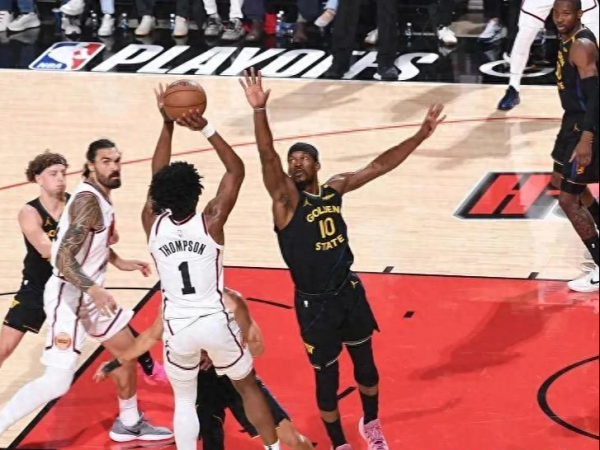
Rockets forward Amen summarizes: This season is excellent enough & the complete lineup is still top in the league next season
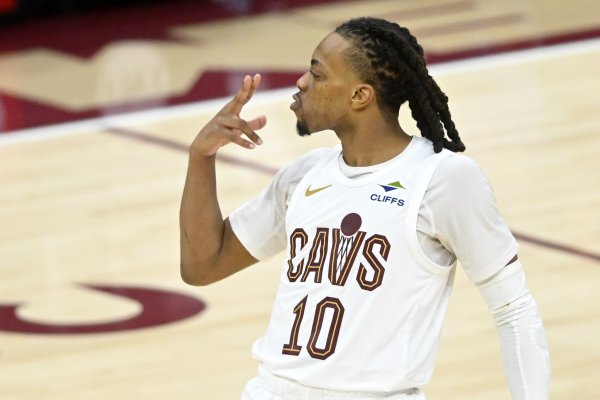
Atkinson: Garland endured a huge pain tonight and the team needed extra points of possession

The strongest shooter next to Curry is here! The Warriors are expected to reshape their terrifying defense
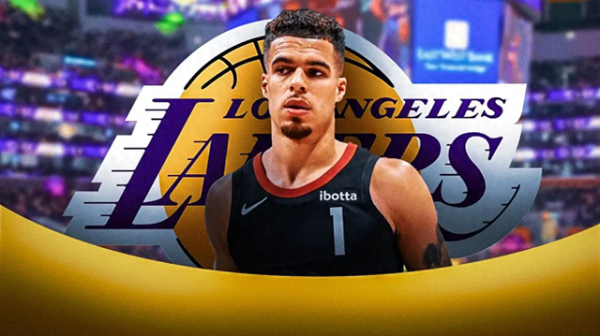
Porter Jr. has finished his last game in his Nuggets career? Latest odds: Warriors ranked first, the Lakers third

James: Westbrook is as unstoppable as a missile when he comes on the court. We have never seen such a player
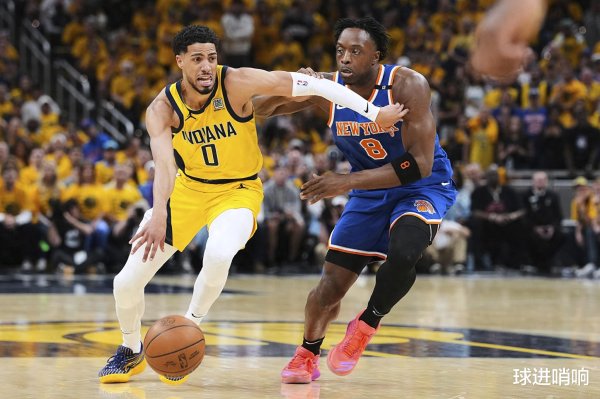
Promotion 4-2, Sika narrowly defeated Harry with 1 vote to win the MVP! The probability of winning the NBA new king is about to be born
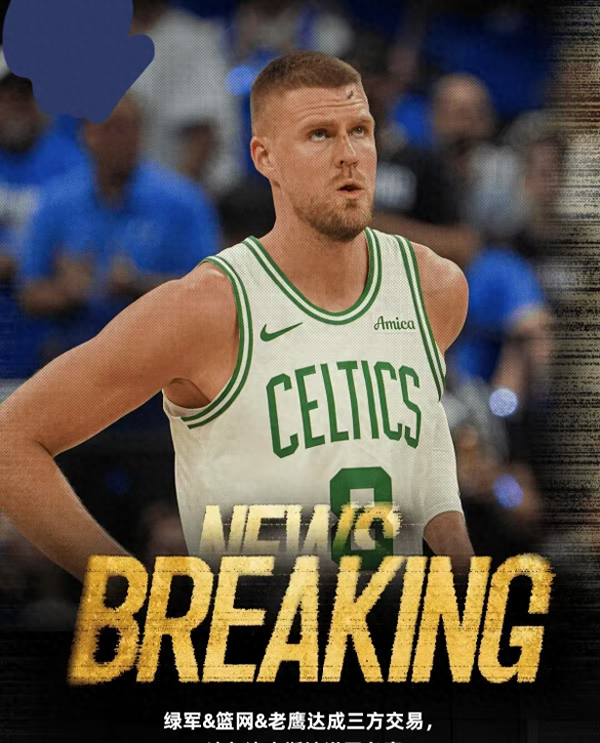
That is, after the news that Holiday was sent back to the Trail Blazers, US media revealed that the Celtics did not stop selling the contracts they were doing.

After 237 days! Embiid’s first comeback performance of 14+7+8 sparked heated discussion: His calf became weak when he got up after hitting someone and falling.